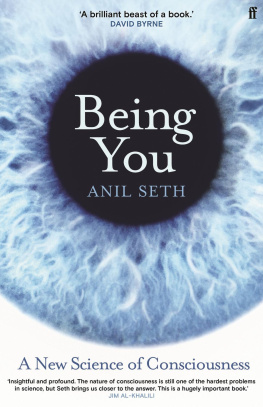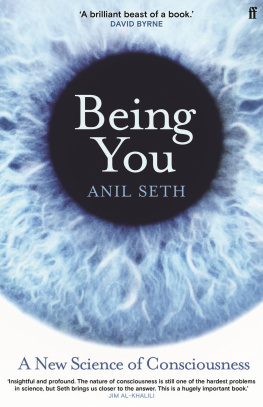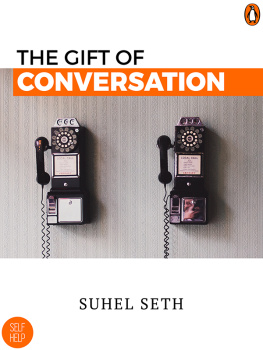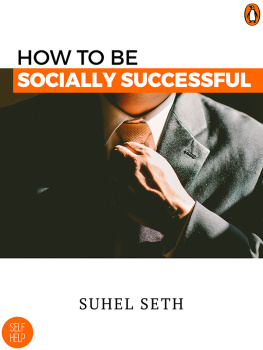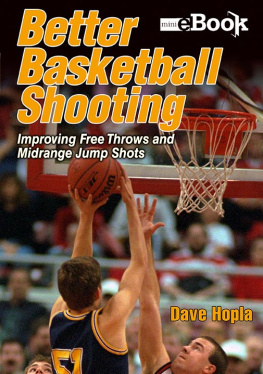Seth Partnow - The Midrange Theory
Here you can read online Seth Partnow - The Midrange Theory full text of the book (entire story) in english for free. Download pdf and epub, get meaning, cover and reviews about this ebook. year: 2021, genre: Home and family. Description of the work, (preface) as well as reviews are available. Best literature library LitArk.com created for fans of good reading and offers a wide selection of genres:
Romance novel
Science fiction
Adventure
Detective
Science
History
Home and family
Prose
Art
Politics
Computer
Non-fiction
Religion
Business
Children
Humor
Choose a favorite category and find really read worthwhile books. Enjoy immersion in the world of imagination, feel the emotions of the characters or learn something new for yourself, make an fascinating discovery.

- Book:The Midrange Theory
- Author:
- Genre:
- Year:2021
- Rating:4 / 5
- Favourites:Add to favourites
- Your mark:
- 80
- 1
- 2
- 3
- 4
- 5
The Midrange Theory: summary, description and annotation
We offer to read an annotation, description, summary or preface (depends on what the author of the book "The Midrange Theory" wrote himself). If you haven't found the necessary information about the book — write in the comments, we will try to find it.
The Midrange Theory — read online for free the complete book (whole text) full work
Below is the text of the book, divided by pages. System saving the place of the last page read, allows you to conveniently read the book "The Midrange Theory" online for free, without having to search again every time where you left off. Put a bookmark, and you can go to the page where you finished reading at any time.
Font size:
Interval:
Bookmark:
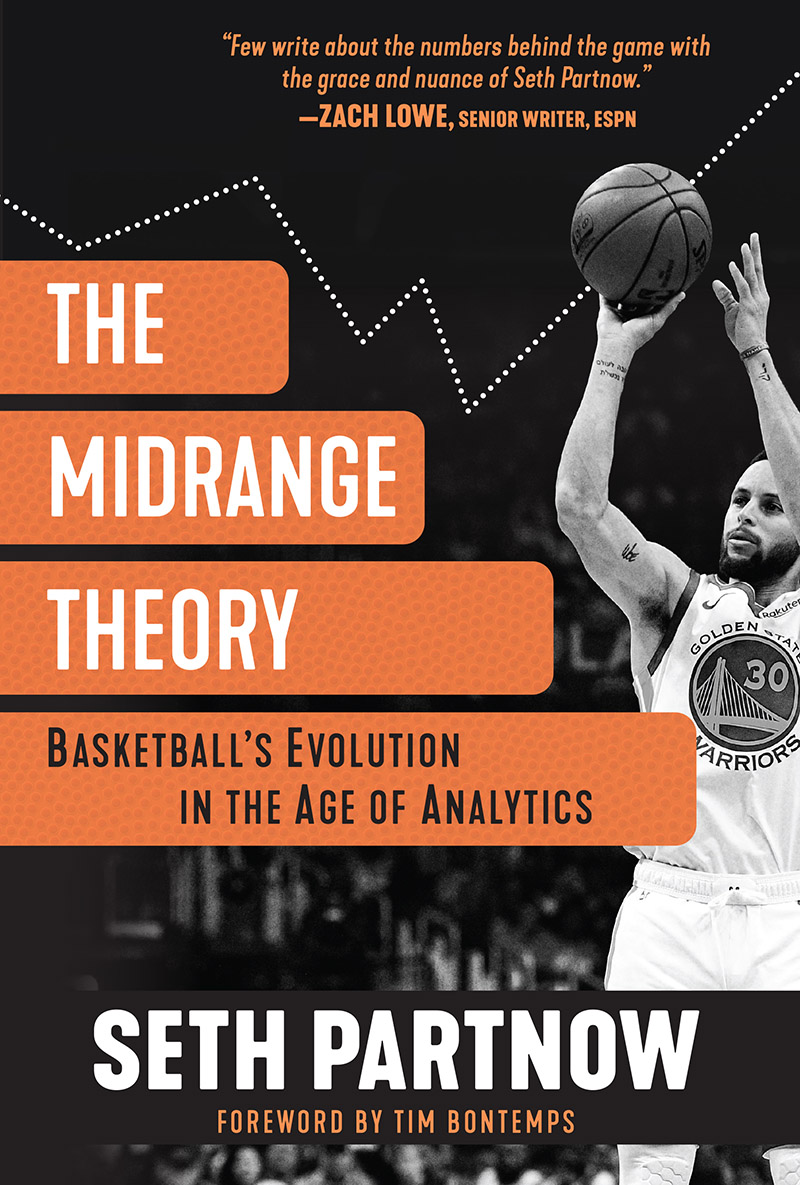
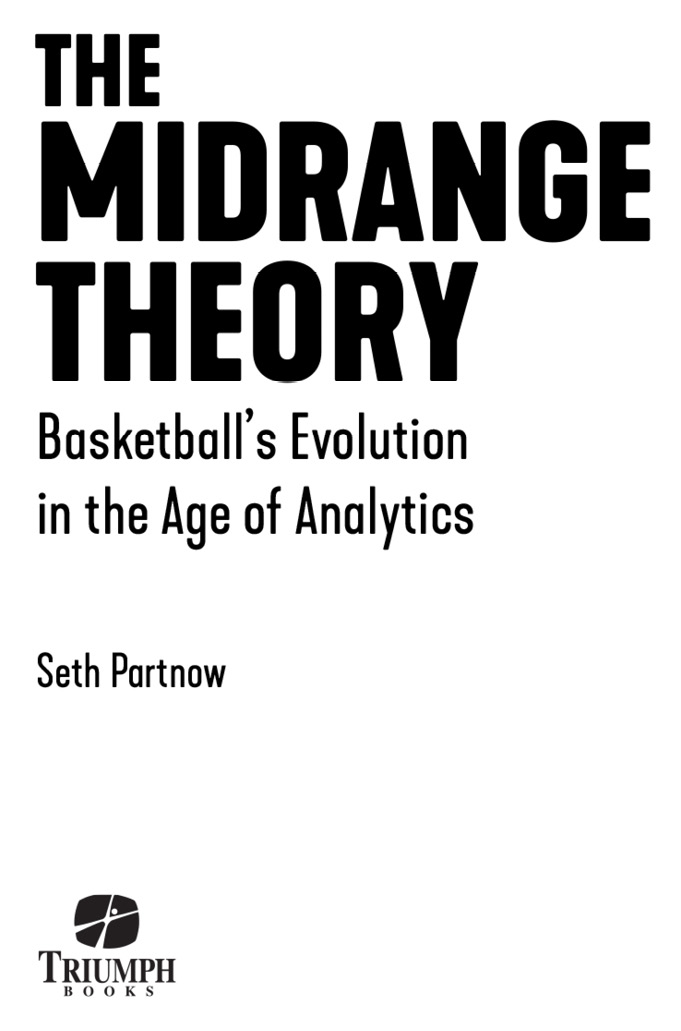
To the searchers. You know its about the journey.
Contents
Foreword by Tim Bontemps
The moment I realized how much the influx of data had changed the game of basketball didnt come in an NBA arena, or even a college one.
Instead, it happened in the Randolph Central School gymnasium in January 2020.
I was back in my hometown of Randolph, New York, to watch my high school team play on a rare off night during the NBA season (it helped that I had to be in Toronto, about three hours north, for a game the following evening). As the game began and the teams started going up and down the court, my jaw hit the floor.
Why? Because, in this high school gym in the middle of nowhere, I saw my high school coach running the same offense I generally see teams run in the NBA on a nightly basis. Two players would sprint the court and run to the corners, from where they would not move. Two more would be at the top of the key and would alternate running pick-and-rolls with the teams center.
Whether the starters or backups were in the game, the offense was the same. There were two shot-clock violations on the night, because kids panicked and tried to dribble back to the three-point line rather than shoot a midrange jumper before the shot clock expired.
When I was in high school, playing for the same coach, not only would I have not been encouraged to shoot a three-pointer, I wouldve been instantly benched if Id tried.
That night, though, crystallized for me what I already knew: thanks to the influx of data into basketball, the sport had irrevocably changed.
My time covering the sport at the NBA level over the past decade had already shown me how things had changed at its highest level.
Ironically, when I first started covering the NBA, in the summer of 2011, there was no actual basketball to write about. Instead, I spent the first several months of my time covering The Association waiting in various hotel ballrooms, and standing on various sidewalks outside of said hotels, around New York City during the summer and fall of that year, as the NBA and the National Basketball Players Association went through a lockout before, ultimately, agreeing to a new labor deal at about 5:00 am on the Saturday of Thanksgiving weekend.
Less than a month later, the 201112 season began on Christmas Day, a 66-game sprint of a regular season that featured teams playing back-to-back-to-back sets of games, five games in six days, and generally running everyoneincluding the people like me trying to cover itinto the ground to finish the season on time.
Looking back on it now, just 10 years later, its incomprehensible that those things happened. Can you imagine how such a season would play out in todays environment? If your answer was you cant, youd be rightbecause it wouldnt. And, frankly, it shouldnt. Thanks to advancements in injury management and prevention, both teams and players would never sign up for enduring such an endeavor.
That is just one small way that, in the 10 years I have lived and breathed this business, the use of data has changed the way the game is played. There are countless others. For example, when I first began covering the league, writing about the Brooklyn Nets for the New York Post (the only sports section anyone should read in The Worlds Greatest City, I will add), no one used offensive and defensive ratings in stories. Instead, everyone used points per game to measure how teams did on offense and defense.
I can actually remember the first time I started using offensive and defensive ratings to describe how the Nets were playing in games. At first, I got a little pushback from my editors. But once I explained what I was doing, and why it was important, they relented. Now, just a handful of years later, its basically impossible to find anyone talking about gauging teams offensively and defensively in a way other than offensive and defensive rating.
The point in retelling these stories about my life and career, aside from making myself feel old, is to show that, beyond the way it has impacted how teams view the sport, the rise of data and analytics in basketball has had a profound impact on how the conversation around the sport has grown and evolved over the past decade.
And Im here to tell you: thats a great thing!
For a basketball fan today, there has never been more information available at your fingertips to learn about your favorite players and teams, and there has never been more great content to consumebe it in written, audio, or televised formabout what makes the league, its teams, and its players tick. All of that is possible, in part, because we have more ways to measure what is happening on the courtand off of itthan we ever have before.
And, as you begin this book, youre about to get a front row seat to as good of a description of not only how that evolution has taken place, but also why it matters, as one could possibly hope for.
It is that second partwhy it mattersthat often gets lost when any discussion of analytics comes up. Im not a fan of that word and how it is used, though I fall victim to using it as shorthand as much as anyone else in my world does. The reason it bothers me is because it is used to dismiss a conversation that, if that word never came up, would likely sound basically the same as it would if it did.
One of the joys of this job is getting the chance to talk about basketball with some of the legends who have been around it for generations. That goes for players, like Jerry West and Walt Frazier, and journalists, like Bob Ryan, Peter Vecsey, and Michael Wilbon. All of them have been playing and watching this sport for longer than Ive been alive. All of them have a wealth of knowledge about the game.
And all of them, in the right moment, might scoff at the influx of data into the sport.
But ask any of them about the things that matter when it comes to winning basketball games, and theyre going to say the same things: spacing and sharing the ball on offense; teamwork and connectivity on defense. Making your offense work until it gets a quality, open shot, and using your defense to make their offense take contested, difficult ones.
These are universal axiomsand arent things that data, or analytics, would argue with. Instead, all that analytics is, at its core, is a way to show how the things that people have been searching for in players and teams for decades can be distilled into statistics.
That is what made, for me, reading the book youre about to dive into so enjoyable. The beauty of Seths work in putting this project together is that each chapter is its own storyall used to explain, in totality, both the impact of data science on the sport of basketball and how those using it in the sport go about their day-to-day lives.
In that way, its a book that anyonebe it my uncle in his late 50s who is a casual sports fan, or someone in college hoping to follow in Seths footsteps and work for a team in its analytics departmentcan enjoy. The trick is in the examples he uses to explain what hes doing (none of which I will spoil now; otherwise, what would be the point in going any further?).
Its also a conversation that I wish we could have on a wider scale. As I said, over the past decade theres been a flood of information into the sport that we all are only beginning to understand. And while teams are way ahead of the general public in that regard, its still amazing to me how quickly many of these things have been adopted.
Font size:
Interval:
Bookmark:
Similar books «The Midrange Theory»
Look at similar books to The Midrange Theory. We have selected literature similar in name and meaning in the hope of providing readers with more options to find new, interesting, not yet read works.
Discussion, reviews of the book The Midrange Theory and just readers' own opinions. Leave your comments, write what you think about the work, its meaning or the main characters. Specify what exactly you liked and what you didn't like, and why you think so.



